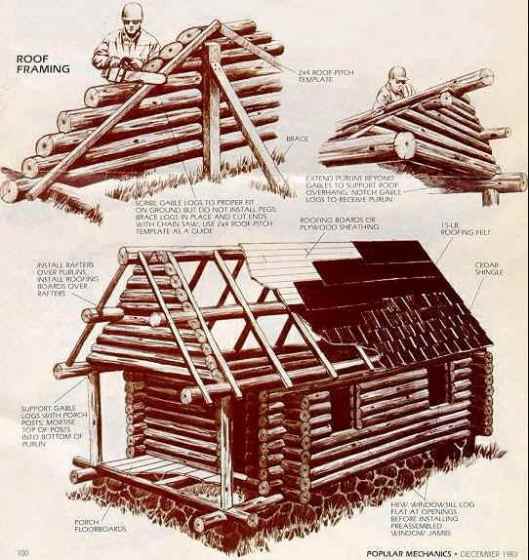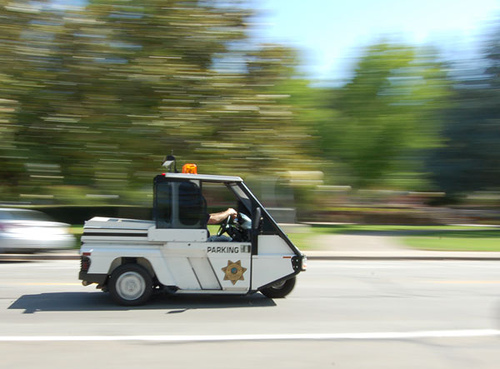Movement and time distinguish video from still photography, and they are essential to building story in your video, which every video no matter how small or how big needs to accomplish.
Movement happens through time. No movement can occur if no time passes. When no time passes, the only image available to view would be still – no time = no movement.
This ability for the video camera to capture movement as compared with its still image cousin, the photo camera, sets it apart from its cousin. Since movement occurs in a time period, and you need time to build story, this is the essential difference between video and still photography. Video builds story. Still photography can only suggest that a story has or will occur.
There are only two kinds of movements that can occur in a video. Camera movements, where the actual camera moves in relation to the space surrounding it, causing shifting perspectives and differing viewpoints in which the story unfolds.
The other kind of movement available to the videographer is when an object or subject moves through the field of vision of the camera. This could be a strong movement, such as a diagonal crossing of a room from the bottom left of the screen to the top right of the screen. Or it could be a villain entering from the left of the screen moving towards the right. Or it could be something as simple as a light in the room turning out, to suggest that wires have been cut or the storm has worsened.
But the above two movements, or combinations of them, are the only kinds of movements available to the videographer.
It goes without saying that the masters of film and video know how to work these movements to their full effect, for each kind of movement will suggest a different reading of the scene. For example, having the good guys entering the screen from the right and the bad guys enter from the left, because one kind of movement leaves an unsettled feeling in the viewer while the other one calms them. A good image maker uses these movements to add weight and depth to the story they are telling.
Becoming a master of these techniques is not for the faint-hearted. It takes a lot of work and drive and determination to learn from the masters. Hours and hours of watching of films, hours and hours working with equipment to test movements out and to try and simulate what you are learning from watching all those films. And friends who will help you shoot scenes with them in, trying out different camera movements and different subject movements. Basically you need to be obsessed with film and video and becoming a master of your craft.
I think it’s also important to work with other imagemakers on pieces together. It can be incredible how much you can learn from your colleagues and friends. And it’s fun, like being back in video school, to get together and work on projects together, helping each other out.
I think the connection between movement, time and story goes very deep, and this relationship could be mined for a lot of insight into why I do the things I do with my work. I think my understanding of this relationship has a lot to do with the general look and feel of my video work. And I think we can all create our own relationships with these features of video production, so that our videos might grow in their richness and depth.
I hope your next video production is fraught with much thought, and really gets you thinking about your image-making processes and why you do the things the way you do!
To see a portfolio of HD Corporate Videos we have done, just click on our logo below!










This is a brilliant and very informative entry. Thanks for commenting on my blog today!
Thanks, Mimo — I really appreciate the compliment! And thanks for stopping by. I really loved finding your blog the other day and I’m so happy you were Freshly Pressed (otherwise I probably wouldn’t have found it).
I spend a lot of time thinking about movement, time and story. I believe that, even in my commercial work for clients, that these elements are essential to the work. Without story, what do you really have? Just pretty pictures. The key is to turn those pretty pictures into something unforgettable and dynamic.
Keep up the great work!
Its like you read my mind! You appear to know a lot about this, like you wrote the book in it or something. This is great blog. A great read. I’ll definitely be back.
Pingback: Movement, Time & Story: Telling a Tale in Tall Order with Video | Video Marketing Against the Grain | Scoop.it